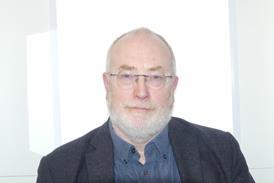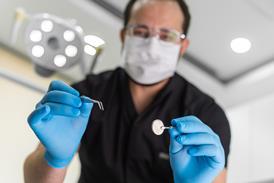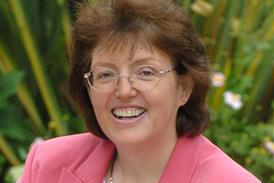Restarting “routine” care will be no simple task, as our analysis of yesterday’s letter from NHS England chief executive Sir Simon Stevens shows.
The new NHS England guidance on resuming non-coronavirus services is explicitly permissive in letting regions decide their own pace for reintroducing routine care, at least for the “transitional period” of the next six to eight weeks.
While plenty of acute trusts will be anxious to get going, there will be many factors that health economies have to consider when deciding what to re-introduce when, how and at what rate.
It is not just a region’s “covid-load” that matters, there are factors such as the availability of blood stocks (blood donation has understandably slumped) and anaesthetic agents among many others, which will limit ability to resume operations.
Further restructures of service, to bring in new systems of testing and cohorting, for example, will need to be made to divide covid and non-covid areas. Some trusts will be able to start moving more quickly because they have ready-made “cold” elective sites.
Non-healthcare issues are also highly relevant. The guidance stresses the importance of being prepared for more emergency work as people begin to attend A&Es again. The biggest factor on A&E attendance will be any government decision to relax the lockdown.
The centre is therefore conscious that the next few weeks – before A&Es fill up once more – is a window to get electives restarted where the regional dynamics allow it.
If that means elective patients in the West Country are operated on while their counterparts in the West Midlands are not – then so be it.
The pace of return also depends on how much and in what way the NHS uses the private sector and the extra capacity, most notably the Nightingale hospitals it has constructed over the last few weeks.
The blanket deal the NHS has done with private sector providers runs out at the end of June and the NHS has to decide whether or not to renew. Health economies will be expected to set out their proposals on how they will use this capacity urgently.
The Nightingales are, of course, largely empty. For now the plan is to deploy them as coronavirus capacity – either for critical care or for short-term step-down afterwards. Whether they are kept that way depends on how sensitive the coronavirus testing regimes becomes. The better the ability to detect any resurgence of the virus, the more “reserve” capacity can be released.
And this variable is crucial, too, for the central question — which the new guidance leaves unanswered — of how much beds (and staff) the NHS overall, or in any given area, needs to leave free for the potential second peak.
Expect the centre to err on the side of caution. The decision to instruct clinical commissioning groups to keep fully funding care packages with no questions asked for the foreseeable future shows that NHSE and its government partners are still operating firmly in “whatever it takes” territory.



























5 Readers' comments